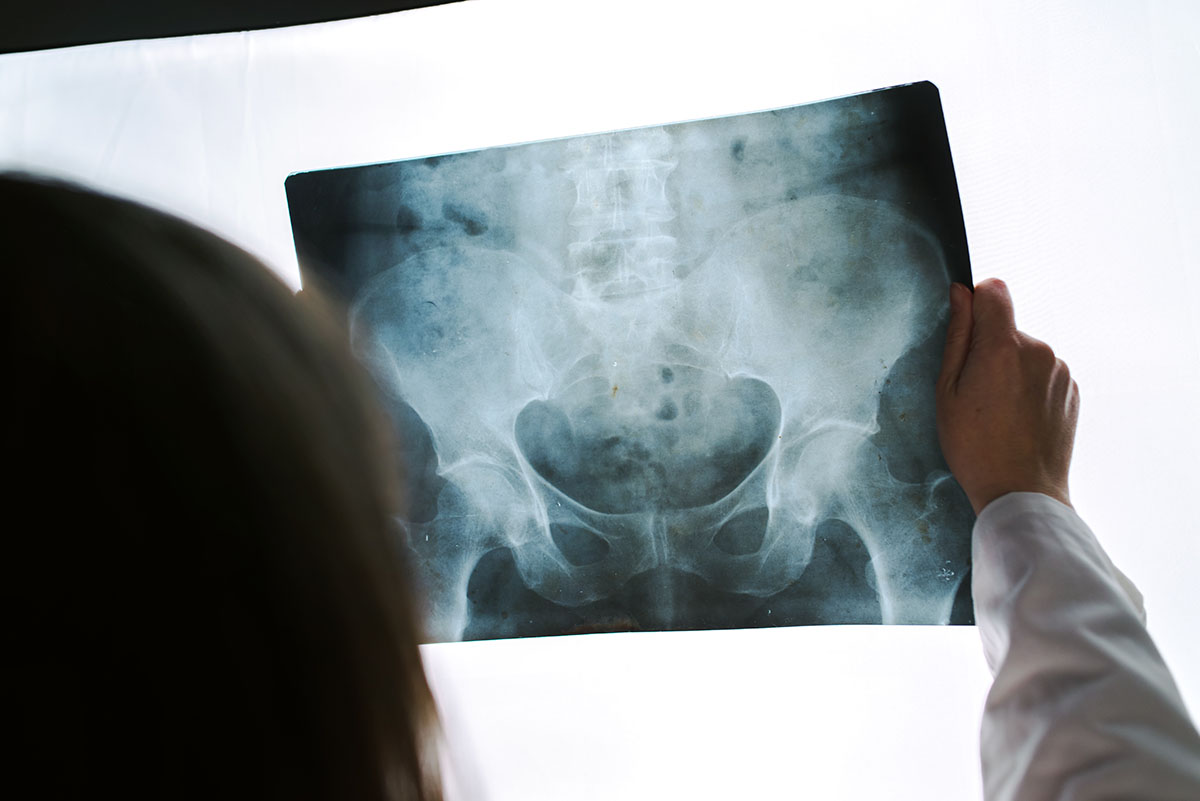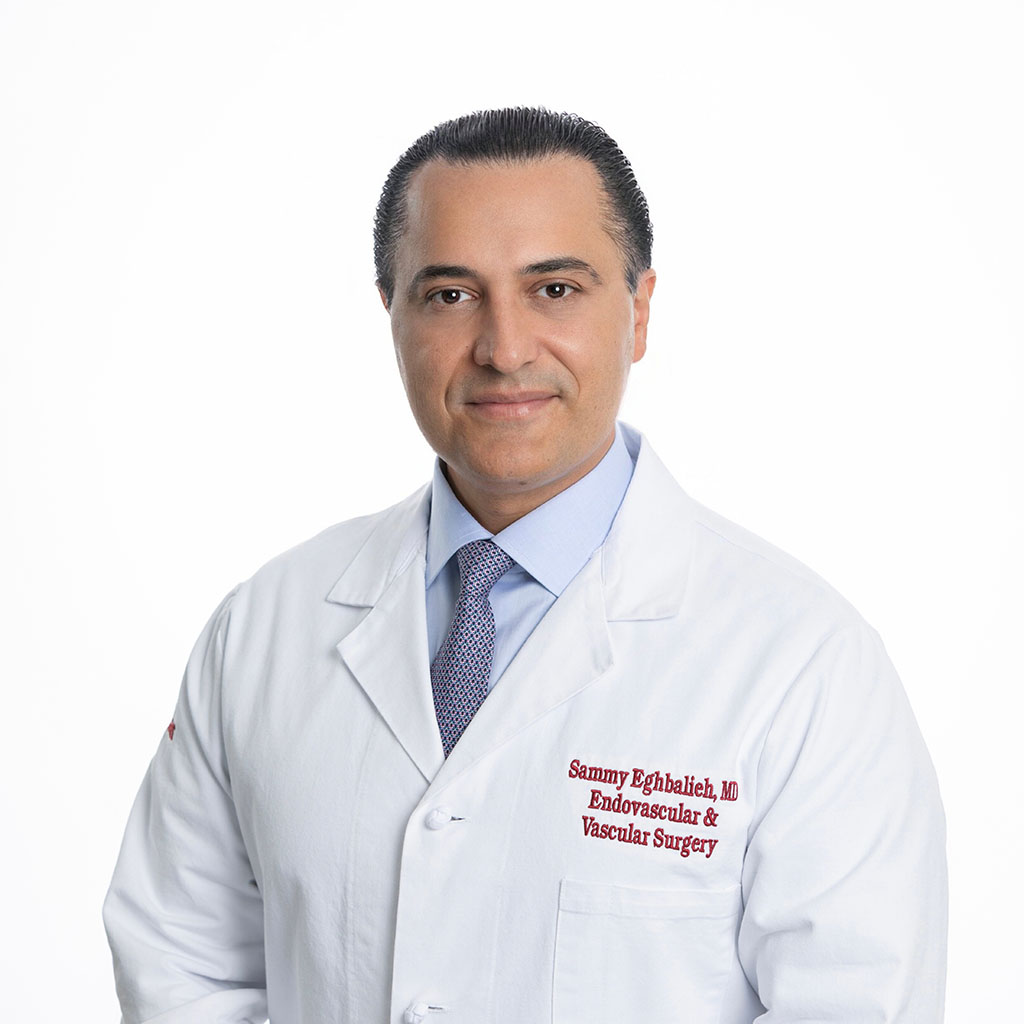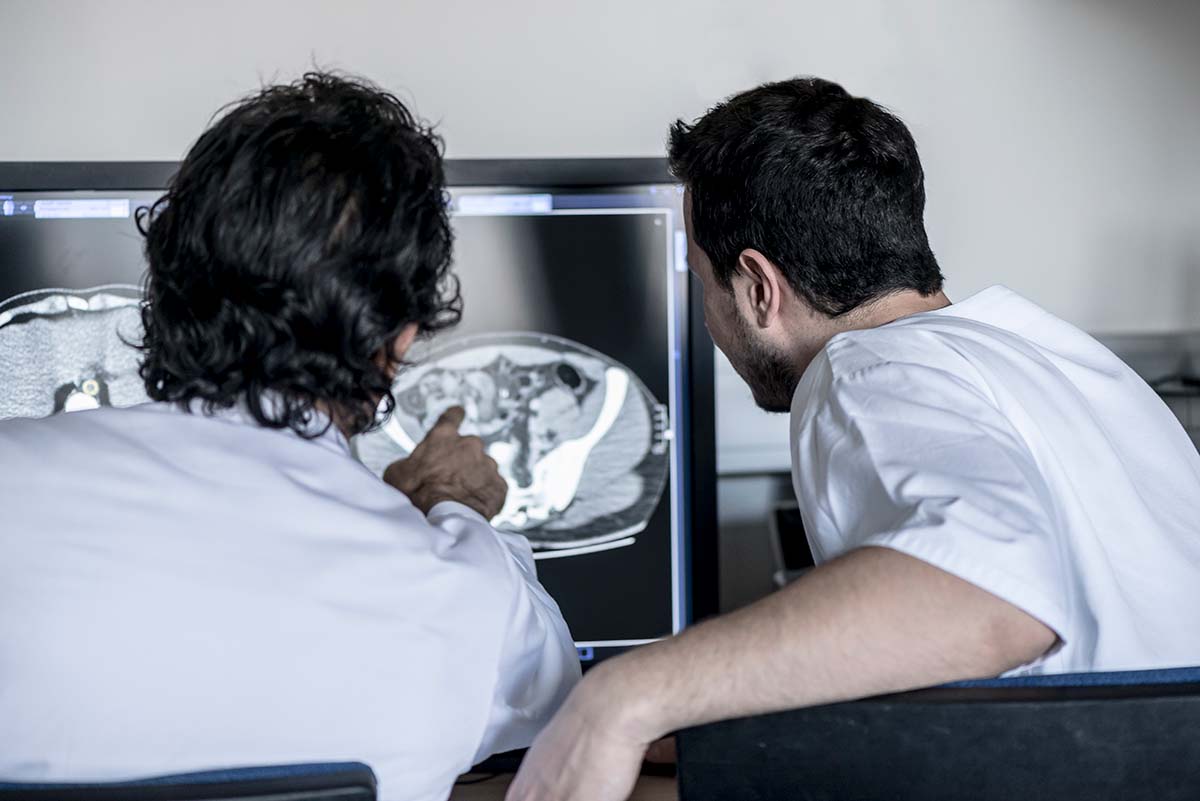Imagine living with persistent pelvic pain that seems to have no apparent cause, making you feel like you’re in a constant battle with your own body.
Welcome to the world of Pelvic Congestion Syndrome (PCS), a chronic pain disorder that affects many women, often going undiagnosed for years. As we examine the intricacies of PCS, we aim to provide a comprehensive understanding of its causes, symptoms, and treatments, empowering you with knowledge, and hopefully, a newfound sense of hope.
Short Summary
- Pelvic Congestion Syndrome (PCS) is a complex condition that can be managed with the help of medical professionals and lifestyle changes.
- Various treatment options, such as hormone therapy and minimally invasive procedures are available to reduce the pain associated with PCS.
- By forming supportive networks, those living with PCS can find comfort and relief from their symptoms for improved quality of life.
Unraveling Pelvic Congestion Syndrome
Imagine a life in which you constantly feel a dull, aching pain in your pelvic region, making even the simplest of tasks a challenge. This is the reality for many women suffering from chronic pelvic pain due to Pelvic Congestion Syndrome, a condition characterized by the presence of varicose veins in the pelvic area, including the internal iliac vein.
These enlarged pelvic veins not only lead to discomfort but also impact a woman’s overall quality of life. One potential cause of this condition is pelvic venous insufficiency, which can result in congested pelvic blood vessels. To prevent pelvic congestion syndrome, a treatment option for addressing this issue is female pelvic vein embolization, which can help alleviate the pain and improve overall well-being.
With nearly 10%-20% of gynecologic consultations arising from chronic pelvic pain complaints, it’s crucial to recognize and understand PCS to provide adequate care and support to those in need.
At the Southern California Multi-Specialty Center we are experts at pelvic vein embolization. If you suffer from PCS contact us for more information at 818-900-6480 for more information.
Defining the condition
Pelvic Congestion Syndrome (PCS) is a chronic pain disorder primarily affecting women of childbearing age. It’s caused by blood flow issues in the pelvic veins, leading to the formation of pelvic varicose veins. The result is persistent pelvic pain, which can present as dull, achy, or heavy, often leaving those affected frustrated and searching for answers. Getting pelvic congestion syndrome diagnosed is crucial for proper treatment and relief from this condition.
Despite its prevalence, PCS remains a condition that is frequently misunderstood and misdiagnosed.
Prevalence in women
PCS is not an uncommon condition, with prevalence rates ranging from 2.1% to 24% in women aged 18-50. It’s particularly common in premenopausal multiparous women since multiple pregnancies and childbirths are common risk factors for the condition.
While it may feel isolating for those experiencing it, the reality is that many, many women are going through a similar journey, showing the need for early diagnosis and proper treatment.
Symptoms & Indicators
Common symptoms of PCS include headaches, dizziness, fatigue, difficulty concentrating, and memory problems.
Chronic pelvic pain
The primary symptom of PCS is chronic pelvic pain, which can range from a mild, comfortable ache to a feeling of heaviness, sometimes lasting for months. This persistent pain can be frustrating and debilitating, impacting various aspects of a woman’s life.
It’s important to recognize that pelvic pain is not a normal part of daily life, and seeking medical help is crucial in identifying the root cause and finding the appropriate treatment.
Pain triggers
Pain in PCS may be exacerbated by factors such as standing, sexual intercourse, and menstruation. Identifying and understanding these triggers can be vital in managing the condition and finding ways to alleviate the pain.
By being proactive in recognizing and addressing these pain triggers, women with PCS can take control of their condition and work towards finding effective ways to cope with it.
Causes & Contributing Factors
PCS is a complex condition, and the causes and risk factors are not yet fully understood.
Hormonal influence
Hormones, particularly estrogen, may play a role in the development of PCS. Estrogen is thought to increase blood flow to the pelvis, potentially leading to the formation of varicose veins in the ovarian veins and the subsequent pain and discomfort associated with the condition.
By considering the role of hormones in PCS, we can gain a more comprehensive understanding of its causes and work towards finding effective treatment options.
Pregnancy and childbirth
Multiple pregnancies and childbirths are common risk factors for PCS, as the increased blood flow and pressure on the pelvic veins during these times can lead to the development of the condition. This highlights the importance of monitoring and managing the health of women who have had more than one child, as they may be at a higher risk of developing PCS.
Regular check-ups and lifestyle changes can help reduce the risk of PCS, such as regular exercise.
Diagnosis Challenges & Methods
The first step in diagnosing PCS is to take a detailed patient history. This includes asking questions.
Ultrasound imaging
Ultrasound, specifically a pelvic ultrasound, is the first-line imaging study for diagnosing PCS. It provides a non-invasive way of visualizing the pelvic veins and detecting any abnormalities. However, the effectiveness of ultrasound can be limited by factors such as technique and patient factors.
In some cases, a vascular technician may suggest the patient perform certain actions, such as standing or performing specific breathing techniques, to improve visualization of the blood vessels during the ultrasound.
Ruling out other conditions
A thorough patient history, physical examination, and additional tests are necessary to exclude other potential causes of pelvic pain, ensuring that PCS is accurately diagnosed. By ruling out other conditions, healthcare providers can confidently confirm the diagnosis of PCS and provide the appropriate treatment plan for their patients.
Treatment Options & Management
These treatments can range from physical therapy to medications, and even surgery in some cases. At the Southern California Multi-Specialty Center we an help you identify the best course of treatment.
Medical management
Medications and conservative treatments are often the first line of treatment for PCS. By suppressing estrogen production or addressing other underlying health issues, these treatments can help reduce the pain associated with PCS and improve overall well-being.
These treatments can include hormone therapy, physical therapy, and lifestyle changes. Hormone therapy prescribed by your primary physician can be effective.
Minimally invasive procedures
For more severe cases of PCS, procedures such as embolization can provide significant pain relief for many patients. These minimally invasive procedures boast high success rates and minimal risks, making them a valuable option for those struggling with the condition.
Embolization is a procedure that involves blocking the blood supply to the affected area. At SCMSC we have extensive experience with this type of procedure.
Prevention Strategies & Lifestyle Changes
Reducing risk factors
Making lifestyle changes, such as maintaining a healthy weight, exercising regularly, and avoiding smoking, can help lower the risk of developing PCS. Additionally, addressing underlying health issues, such as hormonal imbalances or chronic infections, can further reduce the risk and promote overall well-being.
Consultation with a physician
Regular check-ups and open communication with your healthcare provider can aid in early detection and prevention of PCS. By discussing any concerns and maintaining a proactive approach to pelvic health, patients can work with their healthcare providers to:
- Minimize the risk of developing the condition
- Identify any symptoms or warning signs early on
- Implement preventive measures and lifestyle changes
- Receive appropriate treatment and support
By taking a proactive approach to pelvic health, patients can ensure that any issues are addressed quickly.
Coping with Pelvic Congestion Syndrome
Living with PCS can be challenging, but by employing effective pain relief techniques and connecting with supportive networks, it’s possible to manage the condition and maintain a positive outlook on life.
With the right strategies and treatments, women with PCS can find ways to cope with their symptoms and lead a healthy life.
Pain relief techniques
Various methods, such as heat therapy and relaxation techniques, can help alleviate the pain associated with PCS. By exploring different pain relief techniques and finding what works best for each individual, those with PCS can find ways to manage their pain and improve their overall quality of life.
These techniques often just require simple lifestyle changes, such as getting enough sleep and exercising regularly.
Support networks
Connecting with others who have experienced PCS can provide valuable emotional support and practical advice. Online support groups and forums, as well as local groups, can offer a sense of community and understanding for those living with PCS. By reaching out and sharing experiences, women with PCS can find strength in solidarity and gain valuable insights to manage their condition.
It is important to remember that PCS is a complex condition and that everyone’s experience is unique.
Summary
Pelvic Congestion Syndrome is a complex and often misunderstood condition, causing chronic pelvic pain in many women. As we’ve discovered, understanding the causes, symptoms, and treatment options for PCS is crucial in providing proper care and support for those affected. By making lifestyle changes, seeking medical advice, and connecting with others who share similar experiences, individuals with PCS can find hope and empowerment in their journey towards improved health and well-being.
Contact the Southern California Multi-Specialty Center for assistance. Call (818) 900-6480 now!
Frequently Asked Questions
What are the symptoms of pelvic congestion?
These symptoms can be debilitating and can significantly impact a person’s quality of life. Treatment options include medications, lifestyle changes, and minimally invasive procedures.
Medications such as nonsteroidal anti-inflammatory drugs (NSAIDs) and hormonal contraceptives can help reduce pain.
What is the cause of pelvic congestion syndrome?
This can result in chronic pelvic pain and discomfort.
How do you fix pelvic congestion?
Do you have to treat pelvic congestion?
However, during treatment and recovery, physical and sexual activities may be limited due to pain.
How is Pelvic Congestion Syndrome diagnosed?
Our Vascular & Endovascular Surgeons
It's important to remember not all physicians are trained in advanced vascular and endovascular surgery. It’s a good practice to get multiple opinions and do research on the surgery and the physician.















